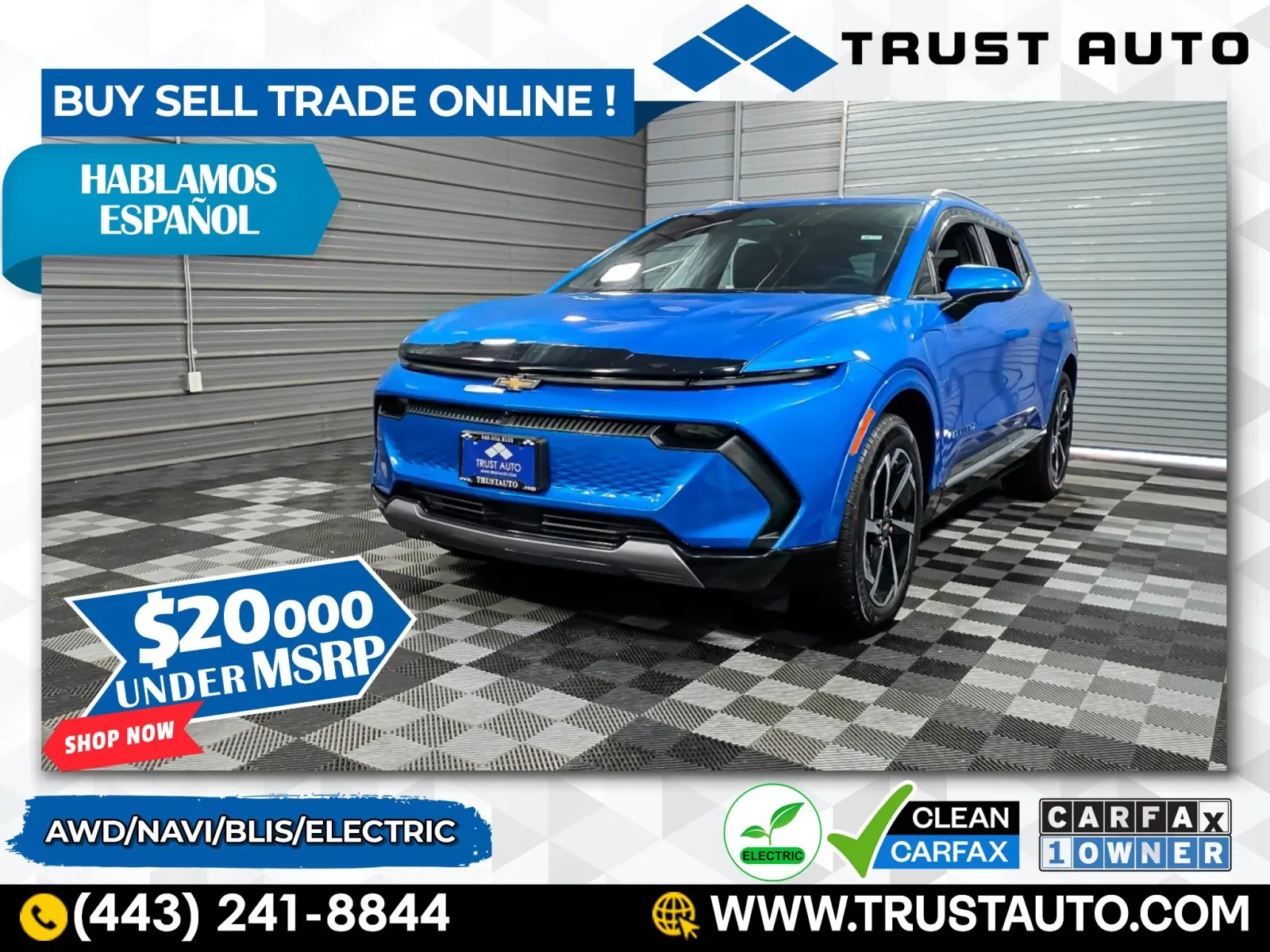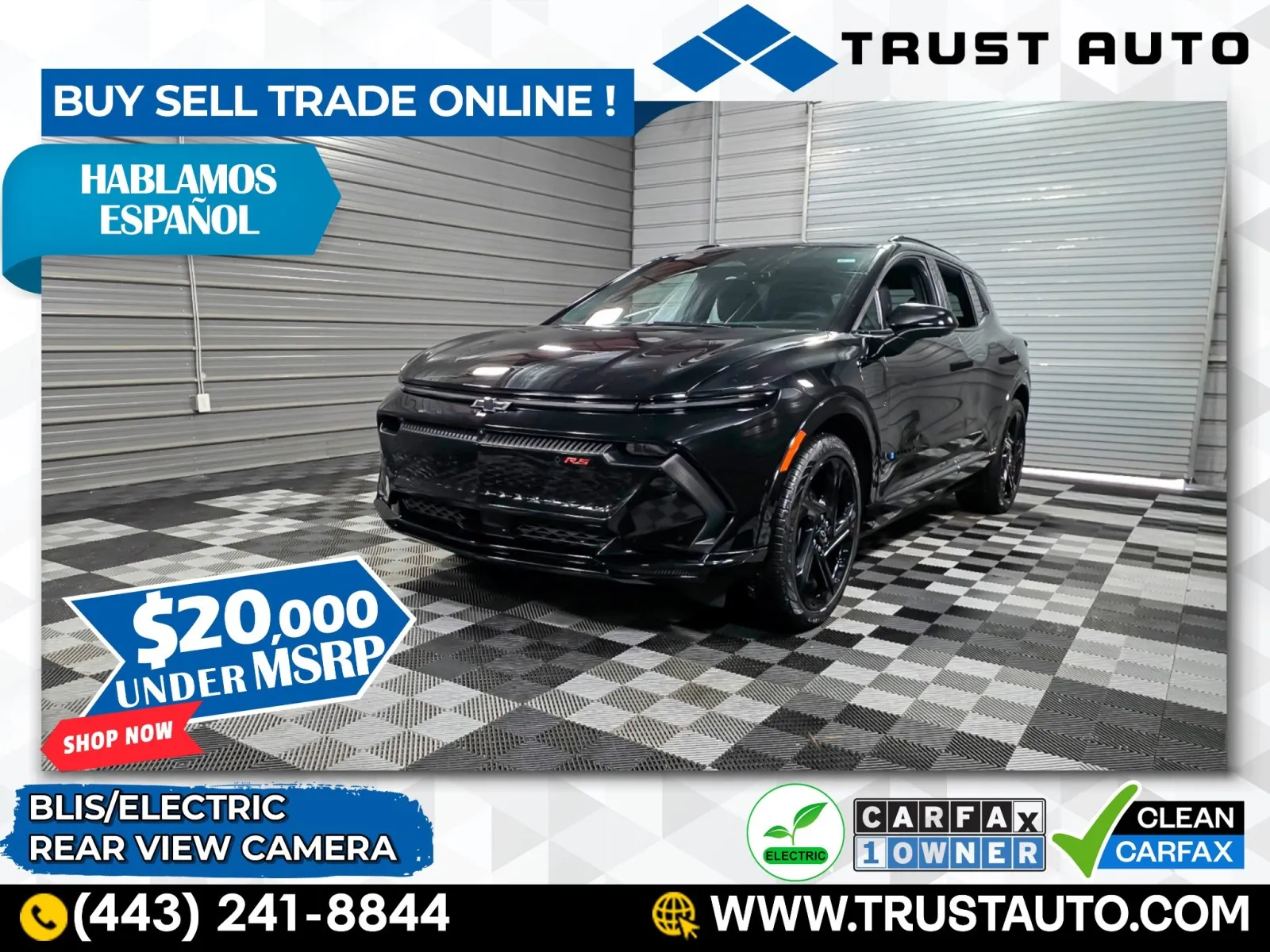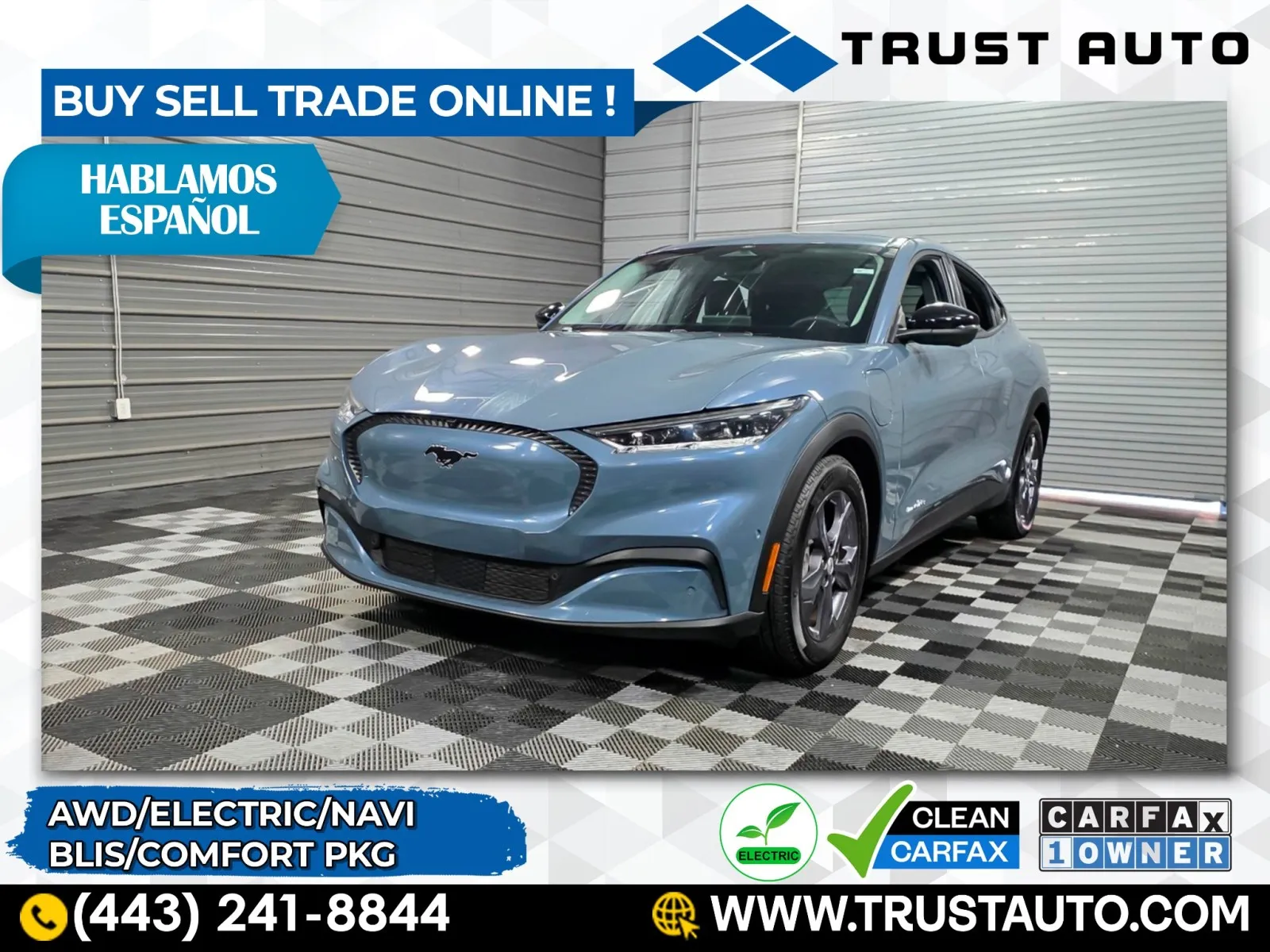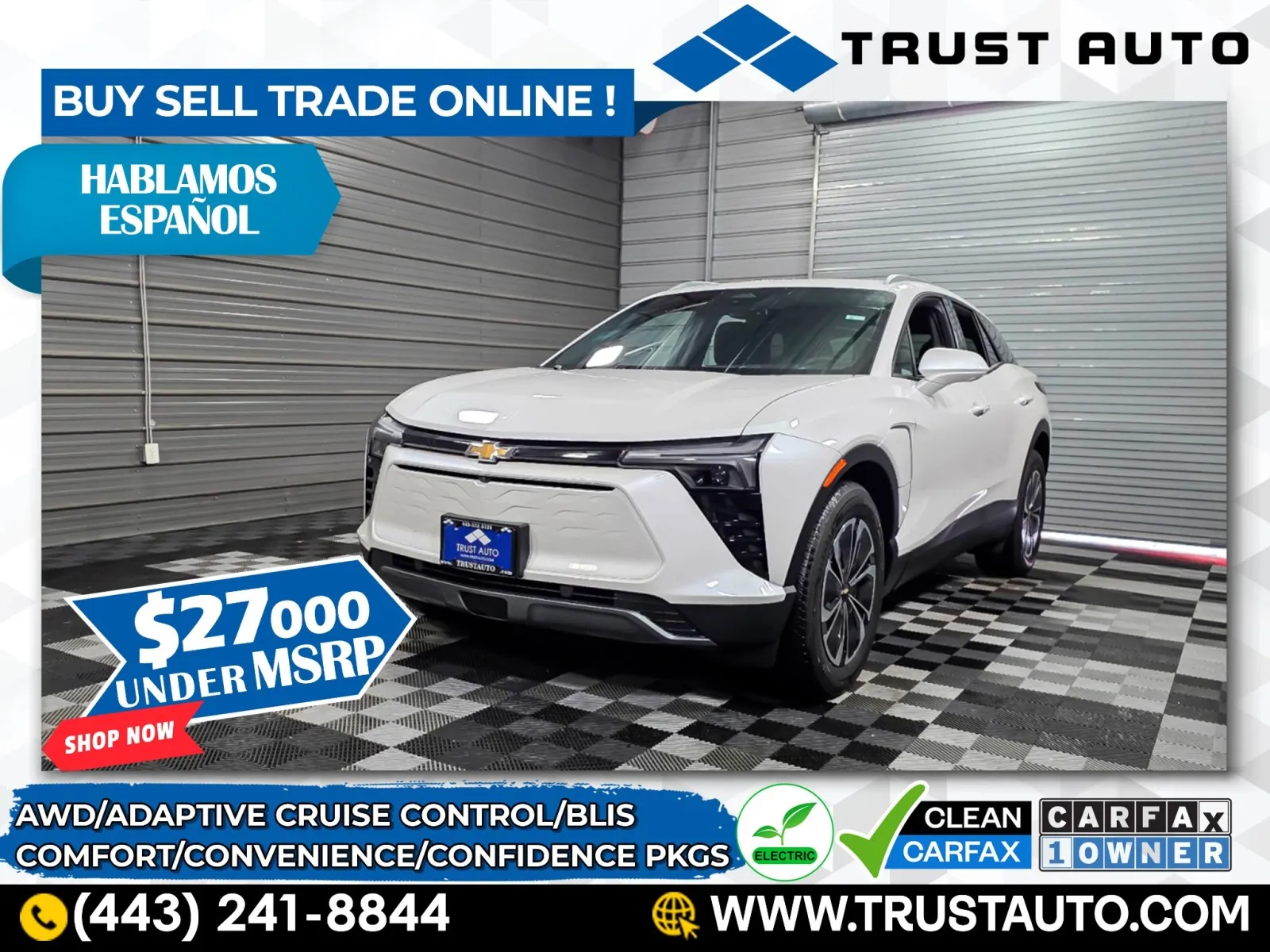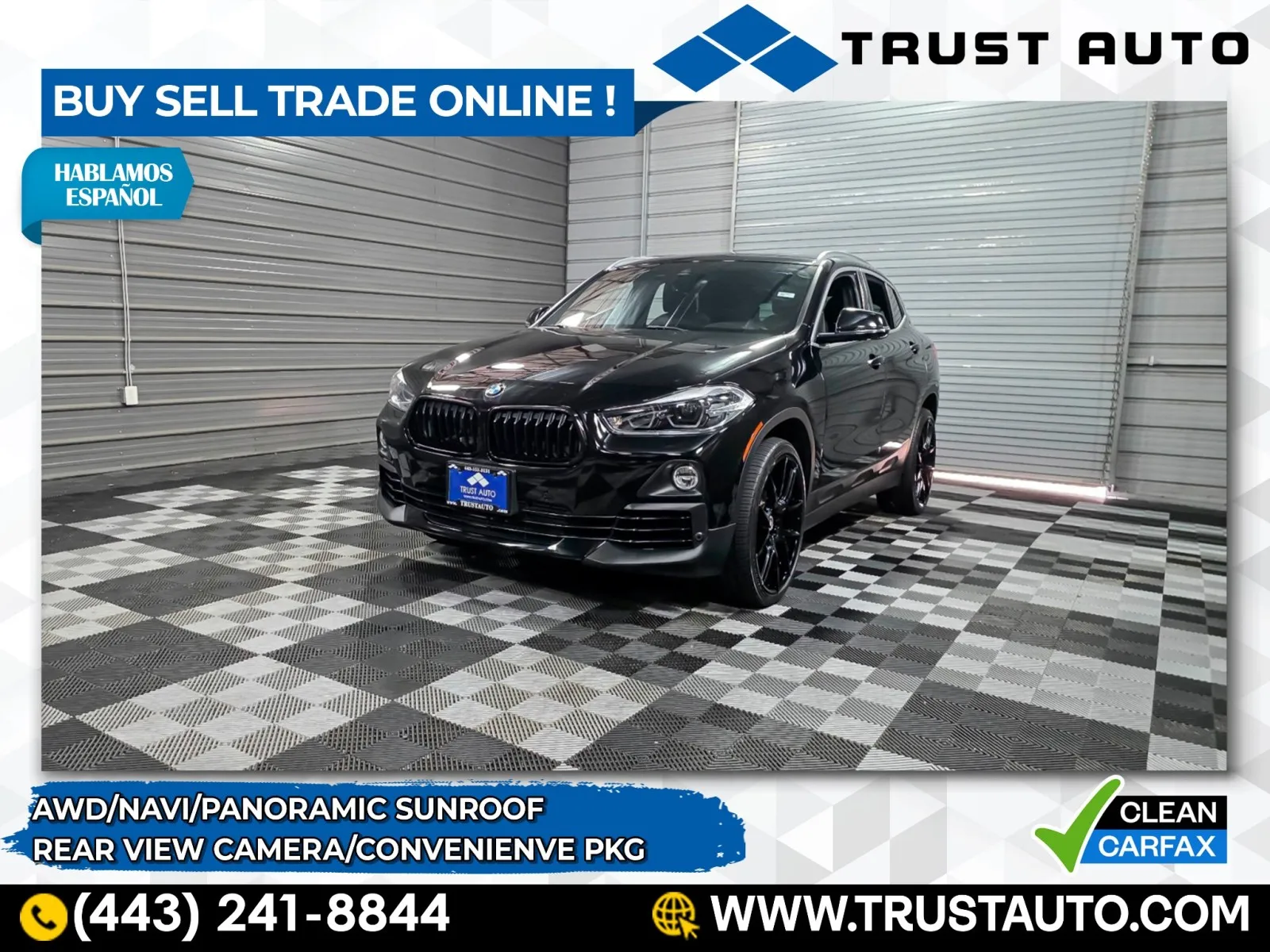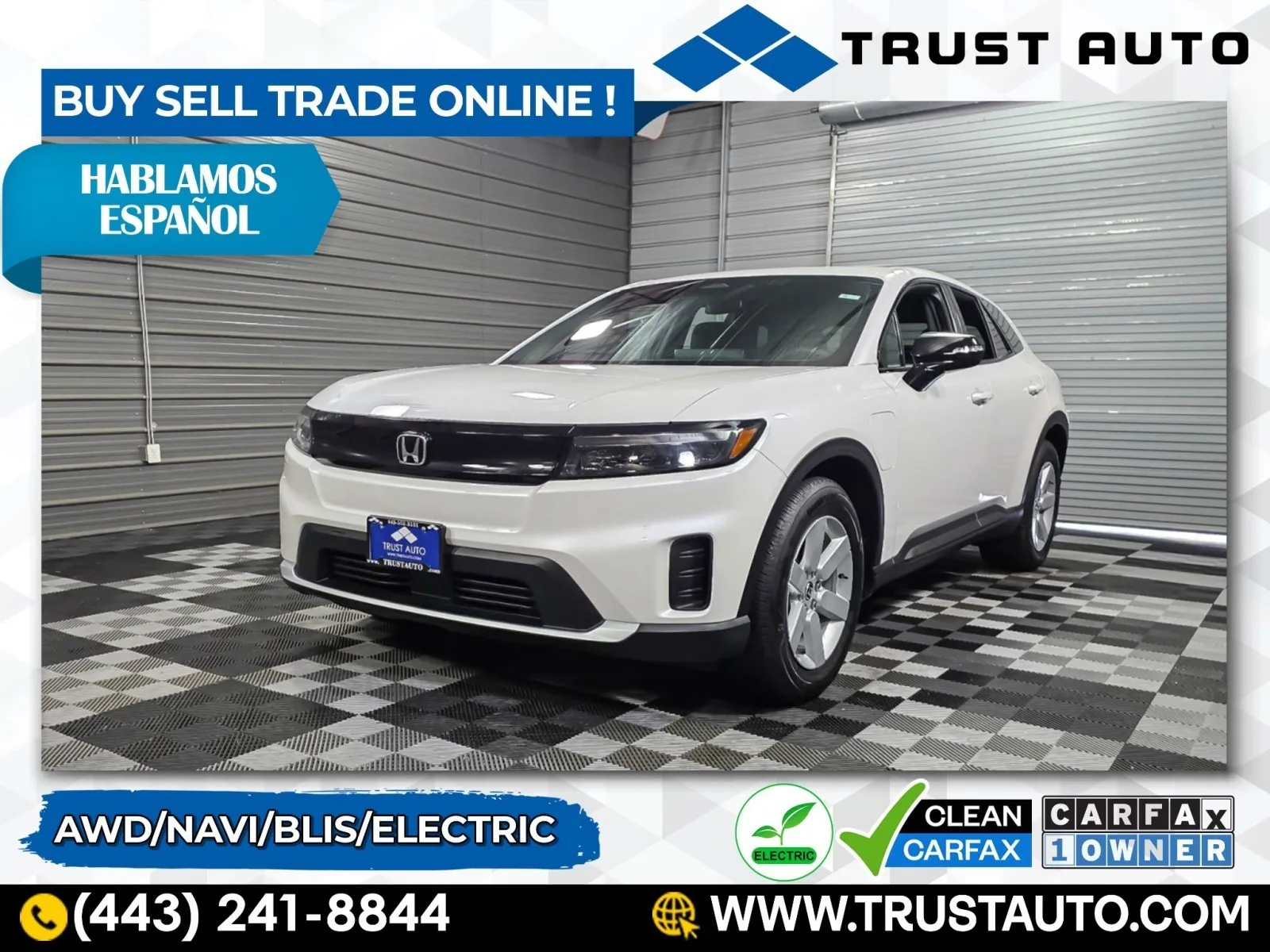Car Seat Safety For Back To School: What to Know
Table of Contents
- Car Seat Safety For Back To School: What to Know
- Types of Car Seats
- Infant Car Seat
- Convertible Car Seat
- Combination Car Seat
- Booster Car Seat
- All-in-One Car Seat
- Other Car Seat Considerations
- Car Seat Installation
- Rear-Facing Car Seats
- Car Seat Expiration Dates
- What Is LATCH?
- Where Is the Safest Location to Install a Car Seat?
- Buy a Used Car or Truck at Trust Auto

Car Seat Safety For Back To School: What to Know
Here’s a startling fact; the number one cause of death for children aged five and older is a car accident. So, with school soon starting back up, now is a great time to focus on child safety seats, commonly called car seats. Even if no little ones are riding in the back right now, it’s helpful to learn about these essential safety devices. This article will review car seat basics and highlight other key information that’s vital for parents and caregivers.
Types of Car Seats
The different types of car seats can be confusing and overwhelming; here are the basic categories.
Infant Car Seat

For most parents, this is the first seat that you’ll buy. All infant carriers come equipped with a handle on the seat and a stationary base that gets installed in your car. This enables you to remove the carrier from the vehicle without having to uninstall the base component each time. You can always purchase additional bases for the other cars that your child will travel in while still using the car seat itself.
When considering your options, pay close attention to the maximum height capacity for each seat; this will be your best gauge of how long your child will fit in the seat. While it’s not a guarantee, infant seats with a 32 inch or larger capacity (versus 29 or 30 inches) will generally fit children until their first birthday. How do you know they’ve outgrown the seat? Most manufacturers recommend switching to a larger seat when the top of the child’s head is within an inch of the top of the seat’s shell (or when the child has reached the seat height or weight capacity set by the manufacturer).
Another factor to consider is portability. Infant car seats are designed to connect to a stroller, usually with an adapter so that you can take your sleeping infant from the car to the stroller. You’re less likely to wake the child this way versus removing them from their seat. Keep in mind that not all car seats work with any stroller, so be sure to ask the retailer or consult the stroller manufacturer.
For most parents, safety is their top concern when it comes to picking out a seat. Important features to look for include:
Load Leg: Also referred to as a stability leg, these bases have an adjustable leg deployed at the rear of the base (closest to the front of the vehicle) that stabilizes your seat and its occupant in a collision.
Anti-Rebound Bar: Similar to a load leg, this bar is attached to the front of the base and sits flush with your car’s backrest. In a collision, the bar limits the seat from rotating towards the vehicle’s back.
Convertible Car Seat

As a child develops and learns how to sit up, the infant car seat becomes less and less comfortable for them to be in for long trips. This can kick in as early as six months, depending on the child. At this time, it’s a good idea to start looking into the convertible car seat. They’re called convertible seats because they’re designed to start rear-facing and later convert to a forward-facing seat. A convertible car seat should take you from age one (or whenever you switch from an infant car seat) to approximately age four for many options. Again, it depends on your child’s height and body size when determining how long they’ll be in their convertible seat.
Often, parents will want to turn their child forward-facing as soon as the child turns one. Consider this fact: In the same collision, a child under the age of five is nearly five times safer when rear-facing versus forward-facing.
Ideally, parents should follow the American Academy of Pediatrics guidelines which recommend keeping a child rear-facing until the age of two or when they’ve outgrown the rear-facing limit on your convertible seat. Consider that any additional time rear-facing is a bonus. It’s not uncommon to see children rear-facing until age three or four, and most kids will fit just fine in various seats.
Combination Car Seat

If your child is ready to outgrow their convertible car seat but they aren’t quite ready for a booster seat, you should consider a combination seat. Sometimes these are referred to as “harness-to-booster seats” or “2-in-1 seats”. Either way, this means that this type of car seat has a harness system for kids who aren’t ready for a seat belt-only booster.
Later, it converts into a booster without a harness. Combination seats serve as a bridge from the convertible car seat to the booster seat, sometimes even replacing the need for a separate booster seat altogether.
Booster Car Seat

Booster seats use the vehicle’s seat belts to secure the child. This is different from the previous car seats we’ve covered, which use an integrated harness. The primary role of a booster seat is to properly position the seat belt across the child’s lap and shoulder. In general, car seats are for children at least four years old and 40 pounds and max out when the little one is about eight years old. Remember that some convertible car seats convert to a booster, as do all combination car seats. Importantly, don’t rush to put your child into a booster seat. When age and size are appropriate, a harness car seat offers more protection.
All-in-One Car Seat
As the name implies, an all-in-one (AIO) combines the functionality of all individual car seat types into a single product. So, an AIO seat will accommodate an infant, later adapted for a toddler, and ultimately convert into a booster. AIO seats are larger, to begin with, so they’ll stay in the car and won’t connect to a stroller.
Other Car Seat Considerations
Car Seat Installation
No matter how much money you spend on a car seat or how age- and size-appropriate a child is for that seat, it’s all for nothing if that seat is not installed correctly. In fact, the National Highway Transportation Safety Administration (NHTSA) estimates that up to 59% of car seats are not correctly installed . Therefore, correct installation is a serious issue. Always review the car seat user manual and your car’s owner manual before installing the seat. At the same, don’t hesitate to reach out for help from a certified child passenger safety technician. NHTSA has a car seat inspection finder , and non-profit Safe Kids has similar resources . In addition, remember to review the user manual to ensure proper harness usage and that your child is of the correct size and age for the seat.
Rear-Facing Car Seats
We talked about it earlier, but the issue of rear-facing versus forward-facing is worth repeating. Don’t be in a hurry to move a child to a forward-facing position until rear-facing is no longer an option. Here’s why this is important. Most car accidents are front-end collisions, so car seats are engineered around this. When the car seat is rear-facing, the entire shell and structure protect the child. However, only the harness or car seat belt protects the child when forward-facing. The American Academy of Pediatrics recommends a rear-facing car seat be used at a minimum of age two, longer, if possible (based on the car seat).
Car Seat Expiration Dates
Yes, car seats do expire; look for a sticker somewhere on the seat for specifics. Depending on the brand, a car seat will have a 5-12 year life. Why do they expire? Constant exposure to extreme temperatures inside the car’s cabin can weaken the car seat materials (metals and plastics) that offer protection.
What Is LATCH?
LATCH stands for Lower Anchors and Tethers for CHildren, and it was created to serve as an alternative to using a seat belt when installing car seats. Every passenger vehicle made after September of 2002 is required by law to have LATCH installed in the car’s back seat.
The Lower Anchor portion of the system is a metal frame with two hooks approximately 11 inches apart, installed where the seat back and bottom meet the seat bight. Most automakers place a button or a tag to denote where they are located to make them easier to find. However, the actual position varies significantly from one car to the next.
The tether portion of LATCH is reserved for forward-facing seats and can usually be found either in the ceiling or on the back of your vehicle seat. Forward-facing seats have a strap near the top of the car seat that connects to that hook. It serves as another anchorage point for your child’s seat.
LATCH installation is not considered safer than seat belt installation. But, in some cases, it can be more convenient. However, some car seat and vehicle combinations offer better installations with seat belts than LATCH.
Where Is the Safest Location to Install a Car Seat?
Asking where the safest place for a car seat is a common question. The best answer is, “ wherever you can get the proper and most secure installation of the car seat. “
Using the second row of your vehicle, installation in the middle seating position creates a protective “buffer zone” for side-impact collisions. At the same time, middle-position installations can be challenging due to the contour of the vehicle seat, proximity of front seats (especially in smaller cars), raised transmission tunnel, and other factors. It also requires a parent to stretch and reach into the middle position. Most vehicles do not have a LATCH system in the middle position, which requires the use of a seat belt.
Installation in an outboard (side) seating position provides easier access for the parent but does place the car seat adjacent to a door. Additionally, vehicle seats on the side versus the middle tend to have a contour that is better suited for car seats. Virtually every passenger vehicle made since 2003 will have a LATCH system in both side seating positions.
If you choose a side-position installation, use the passenger side of the vehicle. There are slightly fewer accidents on the passenger side than the driver side. Also, when you park on the street, you are removing the child from the curbside of the vehicle, not the street side.
Buy a Used Car or Truck at Trust Auto
Just as finding the right car seat for your child is important, so is finding the best car for your family. The professionals at Trust Auto in Sykesville can help you find the ideal used car, SUV, or truck. The hardest part is picking from our great selection of high-quality vehicles.
Buying a used car in Washington, DC? Buying a used car in Virginia? Then the best-used vehicles are just a short drive away. Buying a used car in Pennsylvania? Buying a used car in New York? Then learn how our remote shopping services can help you find the perfect vehicle without ever leaving home.
Looking for the “best-used car dealer near me” ends at Trust Auto. From Baltimore and beyond, we’re the used car dealer that’s all about the customer experience. Call or stop by and learn why customers love us.


